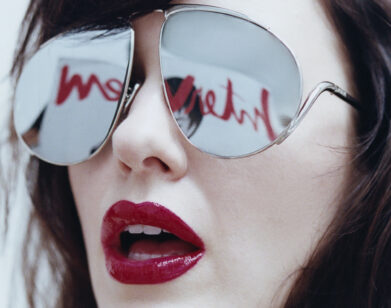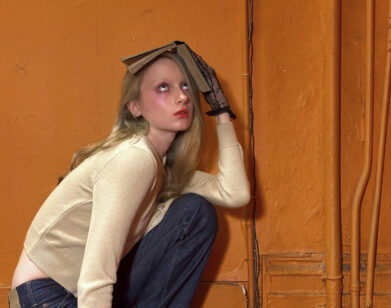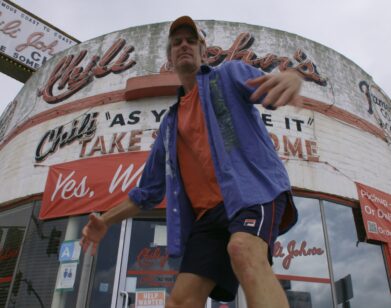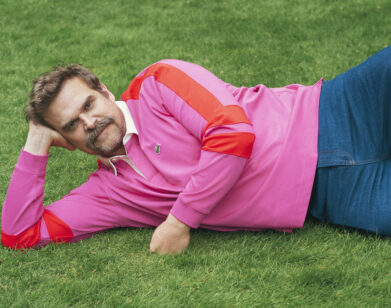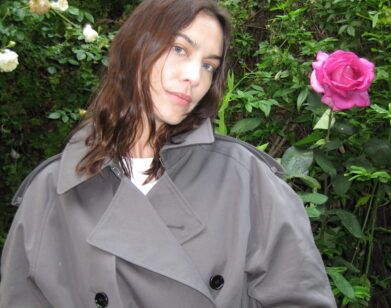Sonia Rykiel
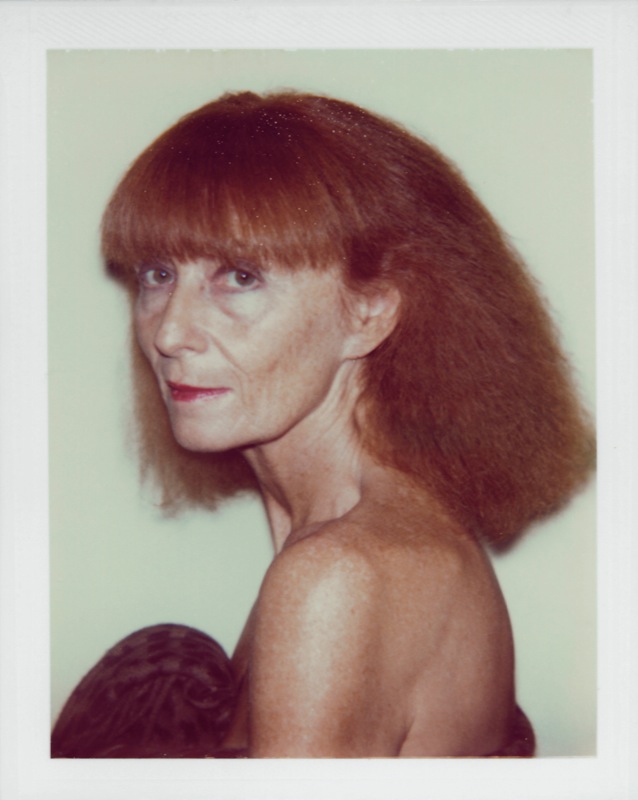
Sonia Rykiel’s women have always been what the French call insaisissable or impossible to pin down. They’re out of time: part ’20s vamp, ’50s ingenue, ’70s hippie, and ’80s glam; they’re super-rich and yet barely getting by; they’re virginally underage and still they’re women with notorious pasts. Rykiel, now 78, began turning out her liquid knits-worn sexily on the skin with seams inside out, covered with glittering stones and sometimes even words-when she launched her label 40 years ago. She’s been fashion’s reigning sweater queen ever since. Not bad for a lady who never learned how to knit. Last July she was awarded France’s Legion of Honor and in November she became the subject of a retrospective at the Musée des Arts Décoratifs. At her Spring/Summer 2009 show this past October, 30 of the world’s top designers offered the house of Rykiel a 40th birthday finale with their own versions of the Sonia look, including Alber Elbaz, Karl Lagerfeld, and Yohji Yamamoto. Designer Jean-Charles de Castelbajac even did one of his photo-print silks with Rykiel’s face on it and made her trademark red mane out of real hair; Jean Paul Gaultier had a nubile young thing knitting her own dress with oversize needles as she swaggered down the runway. We talked to Rykiel and her right-hand woman and company president, daughter Nathalie, to find out why there are no tears on her runway, why real luxury is knowing how to walk around naked, and exactly where the Left Bank ends and clothes begin.
REBECCA VOIGHT: How’s life after the Spring/Summer 2009 show?
SONIA RYKIEL: It’s time to start over. As soon as the show is over I always think, How will the woman I design for go forward? It’s so important to start quickly because I can’t let her get away.
RV: How do you think fashion will get through the current financial crisis?
SR: I’m very concerned. This crisis is worldwide, it’s deep, and it affects everybody. Will people continue to shop in the same way? No, that’s not possible.
RV: But the show you just put on was so joyful-the girls were dancing.
SR: My shows are about the complete woman who swallows it all. It’s a question of survival. I think in the darkest moments, we need a break. It’s useless to send models out on the runway to cry.
RV: Fashion has become increasingly about luxury. But you don’t seem to have taken the solid gold road. Why?
SR: For me, luxury isn’t just the real thing. It’s also fake. Swarovski crystals or real diamonds? It’s a game. You have to be luxurious nude. It’s difficult to move in the nude in front of a mirror. It’s much easier to move when you’re dressed. But if you can walk around in the nude easily in front of your man, if you can be luxurious in the nude, then you’ve really got it.
NATHALIE RYKIEL: The Rykiel philosophy has always been to mix inexpensive things with expensive ones. We started with velour T-shirts, and now we have great sable furs. It’s about a woman who is very much into seduction. She wants everything out of life. She is still willing to starve for a pair of shoes.
RV: What did you think about all these designers’ takes on Rykiel for the 40th anniversary?
SR: I was shocked because I didn’t know anything about it beforehand. I thought it was magnificent that other designers would do all this work-it was so beautiful, so fantastic. I said to Jean Paul [Gaultier], “You know I don’t knit.” And he said, “You still don’t?” It’s true. I don’t know how to knit.
NR: Sonia is strong, and so am I. I love to work with a sense of urgency, impatience, and also in secret. We had been celebrating our 40th anniversary for an entire year, but I didn’t want to have a big birthday cake on the runway. I wanted to surprise her. I thought if I could get designers like Giorgio Armani and Ann Demeulemeester to come up with their version of Rykiel, it would say something incredible about my mother but also about fashion designers who would come together to celebrate one of their own like this, to show how she has inspired them.
RV: Unlike many designers, you not only own your house, but you’re still designing. What keeps you at it?
SR: This job fell on me. I didn’t want to do it. It was an accident. For the first 10 years I said, “Tomorrow I’m stopping.” First I made a dress because I was pregnant and I wanted to be the most beautiful pregnant woman. Then I made a sweater because I wanted to have one that wasn’t like anyone else’s. I became the world’s queen of sweaters without even knowing how one was made. It’s obvious today that I need to be in the center of this business even if there are people helping me. Say I go to La Traviata tonight and my team goes to see the Bee Gees. The next day we knit with La Traviata and rock, and it’s fantastic. I think I’m a good thief. That means that everything I hear, everything I see, becomes part of what I do.
NR: Designers change today. All these groups have a designer and when it’s not good they change them. It’s a huge difference for Rykiel because women know it’s Sonia and I on the Boulevard Saint-Germain.
RV: Is Sonia Rykiel all about Rive Gauche of Saint-Germain des Prés?
SR: I would say no. Rive Gauche is an intellectual idea that will always be there. What counts is the world. Even if I’m in Japan and I don’t speak Japanese and the woman facing me doesn’t speak French but she’s dressed in Rykiel, and she recognizes me, then we have a common language right away.
NR: But Rykiel incarnates French chic. Not just that, it’s Parisian chic, it’s Left Bank chic. And to be even more precise, it is about Saint-Germain des Prés. The Rykiel woman is intelligent, cultivated, and aware of politics but still crazy enough to fall in love.
RV: Nathalie, what’s it like working with your mother?
NR: I wanted to be a movie director. I was a creative consultant for Robert Altman on Prêt-à-
Porter [1994]. He went onstage after our Spring 1994 show and told the fashion world he was going to shoot a movie. One day I said to my mom, “I want to direct the shows-there’s so much to do with music, light, staging.” Now I’m president of the company as well as the art director. Our personalities are very different. I think behind a lot of success stories, you often find a duo. Sometimes one is the artist and the other is the business person. That’s the case for Sonia and me because I’m very artistic and she has a sense of business.
RV: Sonia, what’s it like working with your daughter and how did it happen?
SR: Nathalie wanted to do lots of things-cinema, psychiatry-and like all 20-year-olds she was trying to find herself. I thought that she was very pretty, so I told her you’re going to be in my show. She started modeling and little by little she became interested and discovered that she liked this world. She’s not someone who makes clothes, but she has a very good eye. She has the same eye as me, but years younger. When there’s something I can’t get right, and it happens often, she’s the only person who can say, “It’s this one, Maman. Not that one.”

